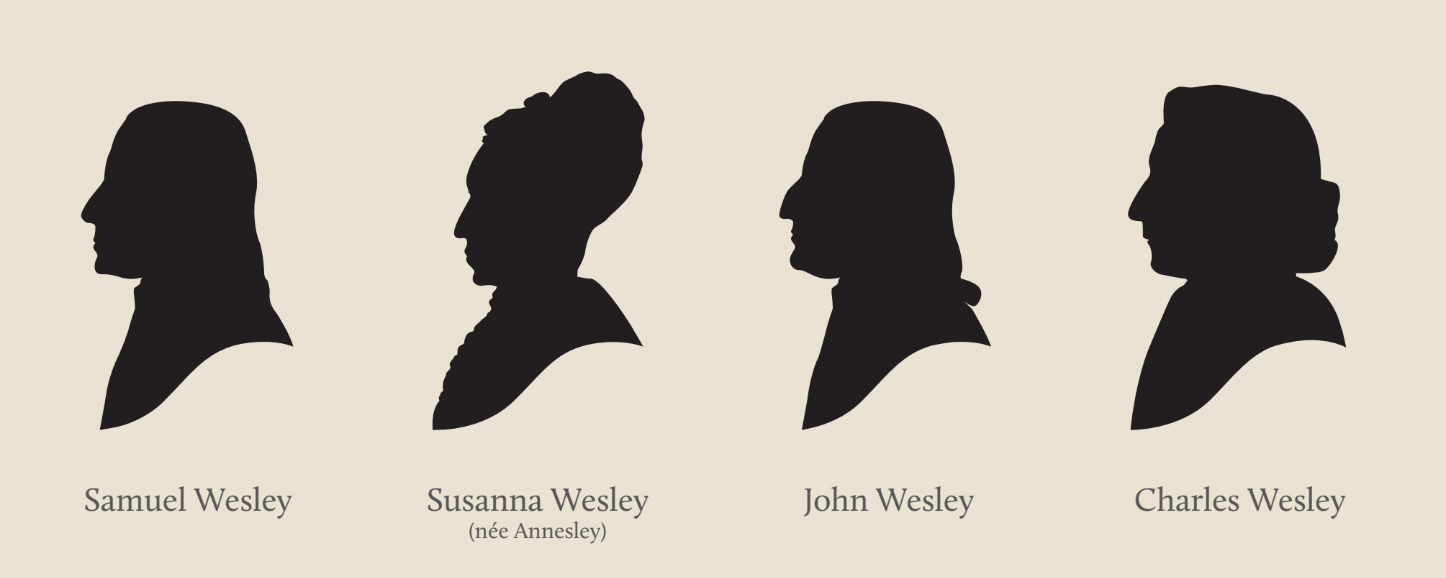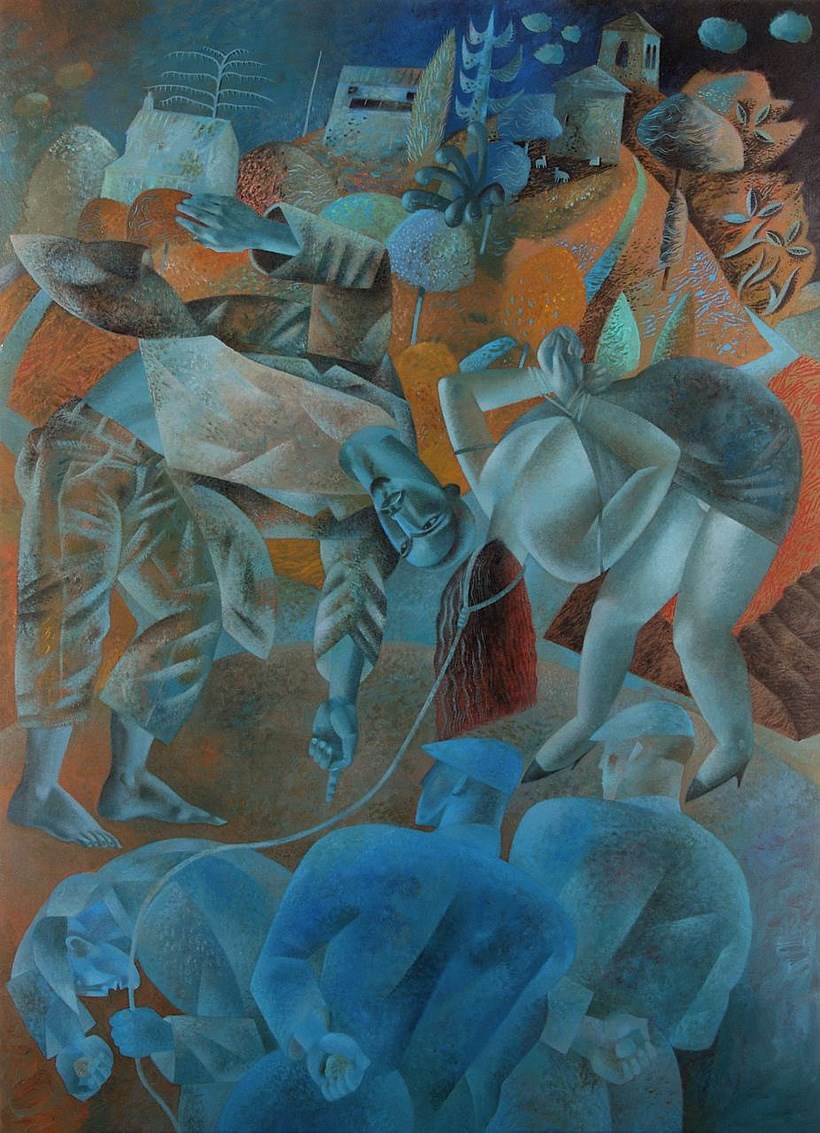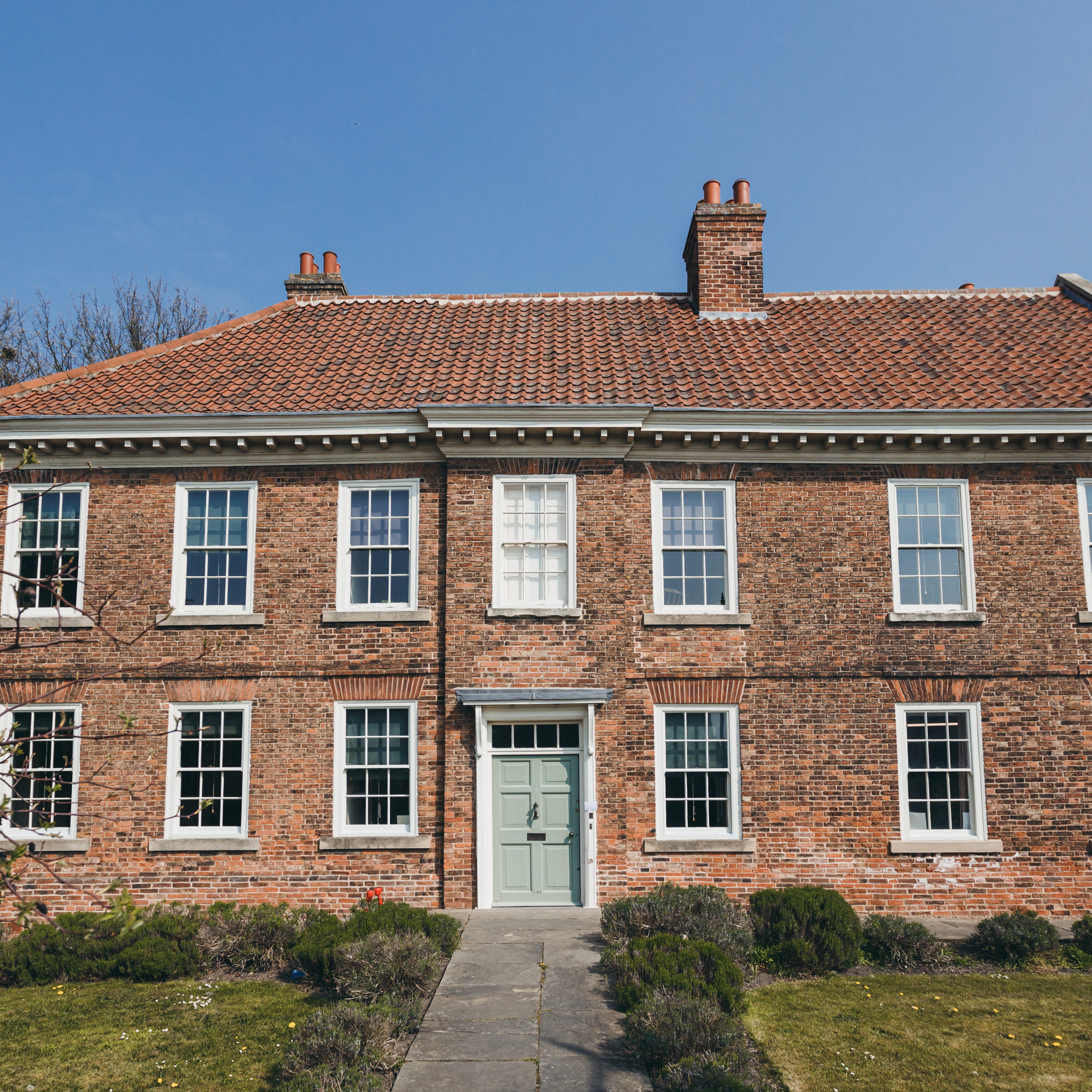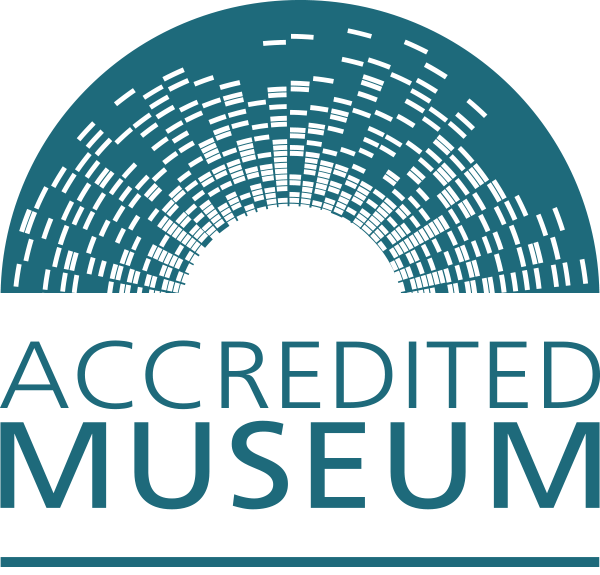February 2023

Have you ever wondered what life was like for 18th century families? Well look no further! Epworth Old Rectory is excited to announce that we will be launching a brand new exhibition called ‘At Home With the Wesleys 1716’. The exhibition will give a fascinating insight into 18th family life by uncovering hidden stories about how the Wesley family actually lived at the Rectory. The exhibition will explore first-hand accounts of the Wesley family and showcase everyday objects used by ordinary 18th century people to help us understand what day-to-day life was like for the Wesleys. How different was their life to ours? Were there any similarities? What kind of food did they eat? How did they keep warm in winter? How did they see in the dark? Where did they go to the toilet? These are just some of the questions the exhibition will cover! The exhibition will be launched when we reopen for the season on Saturday 1st April. Normal admission charges apply.
The exhibition is funded by Art Fund

January 2023
Epworth Old Rectory is transformed into Longbourne from the novel Pride and Prejudice!
Just before Christmas Crows Eye Productions used the Old Rectory as a set to film a scene from Pride and Prejudice, written by Jane Austen 1796. Watch the video above to see the Old Rectory brought to life by costumed actors.
October 2022
Christ Writes in the Dust – a new painting for Epworth Old Rectory

Christ Writes in the Dust – A Woman Caught in Adultery by Clive Hicks Jenkins (2011)
Written by Rev. Angy Long
The painting: Christ Writes in the Dust – The Woman Taken in Adultery is currently on temporary loan to Epworth Old Rectory. It refers to the account of events in John’s Gospel (chapter 8 v 1-11) where a woman who is sentenced to be stoned to death is brought before Jesus by the Temple authorities who hope to use her predicament to trap Jesus into saying something contrary to the laws of Moses. Jesus refuses to play their game, instead instructing them; ‘Let he who is without sin cast the first stone.’ And so, the crowd of accusers disperses leaving the woman and Jesus alone.
The woman has no agency of her own in the story. She has been found guilty of adultery but there is no mention of the man involved and his fate. The sentence of stoning is a questionable one under the law, (Leviticus 20:10 refers to a very particular set of circumstances if you want to look it up,) that’s after we’ve put to one side our own sensibilities about the barbaric nature of the punishment. Then, to compound all this she is brought by the authorities to be a pawn in their plan to catch out Jesus and confirm their fears of his dangerous sedition. The men judge and control.
Seeing the painting in the setting of Epworth Old Rectory brings to mind the stories of the daughters of Susanna and Samuel Wesley. Each of their stories, even that of Kezia, who resolved never to marry, features ‘interference from their father or brothers, and, sadly in some cases, abusive relationships from which they struggled to escape. These, the daughters of Susanna whose strength of character and independence of nature can be vividly seen in her writings and in the way she lead the household. But the culture was such that women had little actual control over their lives.
In the present day the recent decision in America to overturn Row v’s Wade and the rights to abortion provision, and news from Afghanistan of the decision by the Taliban government to refuse education to girls suggest things haven’t changed very much. To use contemporary language is it too much to suggest that Jesus in the Gospel story is an ally of the woman (whose name we never learn)? Some commentators suggest he writes in the dust to avoid adding his gaze to the condemning gaze of the accusers. He only meets her eye after the accusers have left the scene. In the painting Jesus gaze falls firmly on those looking in, in other words; us. The question I think he asks is; ‘Where do you stand? With the accusers or with the marginalised? With those in power or with those who have had power taken from them?’
The painting is on loan from the Modern Methodist Art Collection to Epworth Old Rectory until November 2022.








